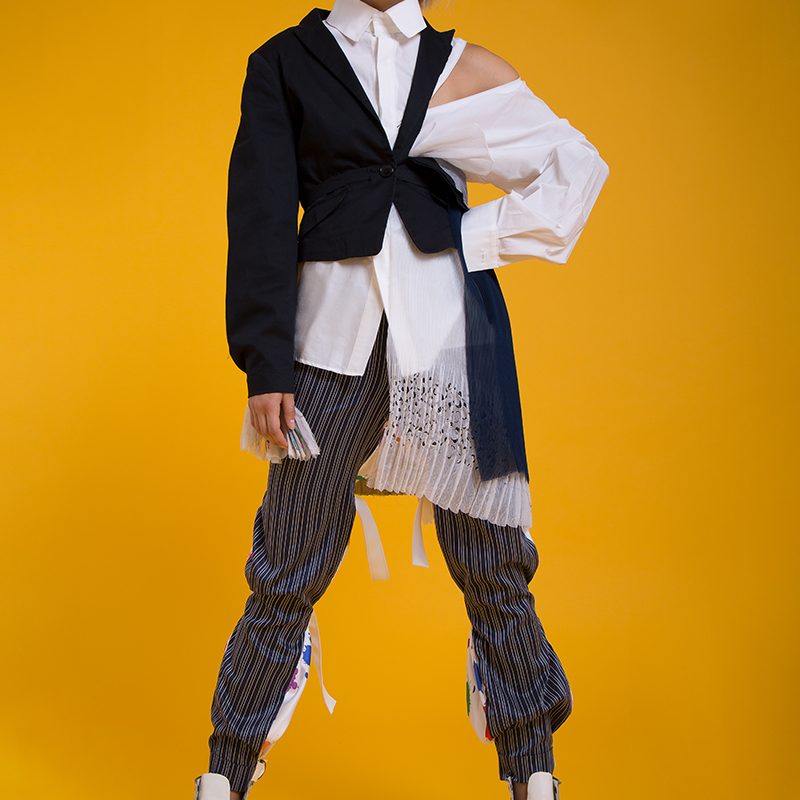Course Details
Location: Milan
Duration: 3 academic years
Start: October 2025
Classes: max 10 students
Language: Italian/English
Explore craftsmanship in Made in Italy through advanced tailoring training and learn to create high-fashion garments.
This three-year course is an extraordinary opportunity for fashion and craftsmanship enthusiasts who wish to craft bespoke clothing that embodies elegance and sophistication. Learn traditional and innovative techniques that will transform your passion for fashion into a rewarding and prestigious profession.
Main topics
Tailoring and Patternmaking
- Prêt-à-porter and haute couture tailoring
- Basic and advanced pattern making
- Traditional tailoring techniques
Clothes Customization
- Interpretation and development
- Customization and tailoring
- History of fashion and costume
Fashion Culture
- Culture of materials
- Mannequin manipulation
- Study of silhouettes and fit
Discover the Tailor profession
A specialized high-fashion tailor is a luxury artisan who masters the art of creating garments of the highest quality and prestige. In the world of fashion and the textile industry, the specialized tailor is one of the most sought-after professionals for their ability to materialize the creative ideas through interpretative, manual, and extremely precise skills, combined with technical expertise related to forms, fabrics, and materials.
Target audience
The course is open to anyone with a passion for fashion and a particular interest in tailoring craftsmanship. The program is designed to adapt to the needs of each student, whether they are beginners or have previous experience in the industry, as the diversity of backgrounds will contribute to creating a rich and stimulating learning environment.
Educational aim
The course aims to train highly qualified tailors capable of managing the entire process of creating high-fashion and luxury prêt-à-porter garments. Students will acquire advanced skills in fabric selection, precision cutting, and sewing mastery. Additionally, they will develop aesthetic sensitivity and learn to collaborate with creatives to translate their needs into wearable masterpieces.
Admission requirements
- Minimum age: 18 years
Professional prospects
High Fashion Tailor
Create high-fashion and prêt-à-porter garments, applying traditional and innovative tailoring techniques.
Collaborator for Fashion Designers
Collaborate with fashion designers to develop high-end collections for prestigious brands.
Personal Style Consultant
Work directly with private clients to create a bespoke wardrobe that reflects their style and individuality.
Atelier Manager
Manage and lead high-fashion ateliers, overseeing the work of a team of tailors and pattern makers.
REQUEST INFORMATION
Fill in the form and we will get back to you as soon as possible.
Would you prefer to speak directly with our Orientation Team?
Click here and book a personalised interview.


